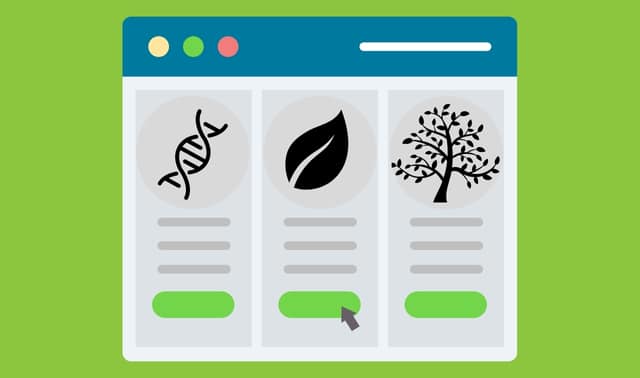
No genealogy website is better-known or more visited than Ancestry.com: More than 11 million people use Ancestry.com resources each month. Yet the number of descendants logging on to Ancestry.com is dwarfed by the billions of ancestors documented within the “world’s largest family history resource.”
Ancestry.com likely holds answers to at least some of your family tree questions. The key to finding those answers is learning how to sift through the massive amount of ancestor data on the subscription genealogy website. Whether you want to use your paid Ancestry.com subscription more effectively, make the most of a free trial subscription or eke out whatever information you can for free—the pointers in our free ebook 48 Ancestry.com Search Tips will help you.
Get Your Free Genealogy Forms
"*" indicates required fields
What’s inside the 48 Ancestry.com Search Tips ebook?
Guide #1: Ancestry.com Quick Start Guide

Jump-start your Ancestry.com access with this complete breakdown of the links and resources available from your home page. This Quick Guide, illustrated with screen shots, serves as your map for accessing Ancestry.com’s tools, records and searches. You’ll learn how to navigate the interface, customize elements, quickly access your family tree, survey recently viewed records, sort through your Shoebox and get started searching. Print out this guide and post near your computer for fast reference each time you visit Ancestry.com.
Guide #2: 10 Easy Ways to Use Ancestry.com

When you first delve into Ancestry.com, its enormity can be mind-boggling. The world’s largest genealogy website encompasses some 31,000 databases with more than 12 billion historical records. Ancestry.com subscribers can access all publicly available US census records, along with many Canadian, English and Welsh censuses. You’ll find military records including databases of soldiers from the Revolutionary War, Civil War and both world wars.
Vital records cover many US states, Canada and the United Kingdom, and immigration records range from passenger lists for most American ports to border-crossing files. Plus, you’ll find more than 20,000 digitized family and local history books, along with city directories and yearbooks and scanned and searchable newspapers dating back to the 18th century. This guide provides 10 simple ways to use Ancestry.com to advance your family history, including some you don’t even need a paid subscription for. As you work your way through these ideas, we bet you’ll uncover even more ways Ancestry.com can help you branch out and document your family tree.
Guide #3: Ancestry.com Card Catalog Crash Course

For many Ancestry.com users, searches result in too many hits to wade through. Sifting through pages of search results can feel much like that old adage: “Water, water everywhere, but not a drop to drink.” How do you make your ancestors float to the top in Ancestry.com’s vast sea of genealogy data? One secret to success is shrinking that ocean into a smaller pool that’s easier to wade through: Limit your searches to the records most likely to mention your ancestors. You can do that using the Ancestry.com Card Catalog. This guide will show you how to filter your Ancestry.com searches in a way that’s impossible if you use only the global search.
BONUS: Ancestry Quick-Reference Guides
48 Ancestry.com Search Tips also features these helpful one-sheet references for using the genealogy website:
- Ancestry.com Vital Statistics: at-a-glance facts about the genealogy website’s content, collections and user community
- Public vs. Private Ancestry.com Family Trees: quick comparison of differences between Ancestry.com’s two options for your online family tree
- 5 Steps to Immigration Records: detailed example search showing how to locate an ancestor’s passenger list
Get Your Free Genealogy Forms
"*" indicates required fields




